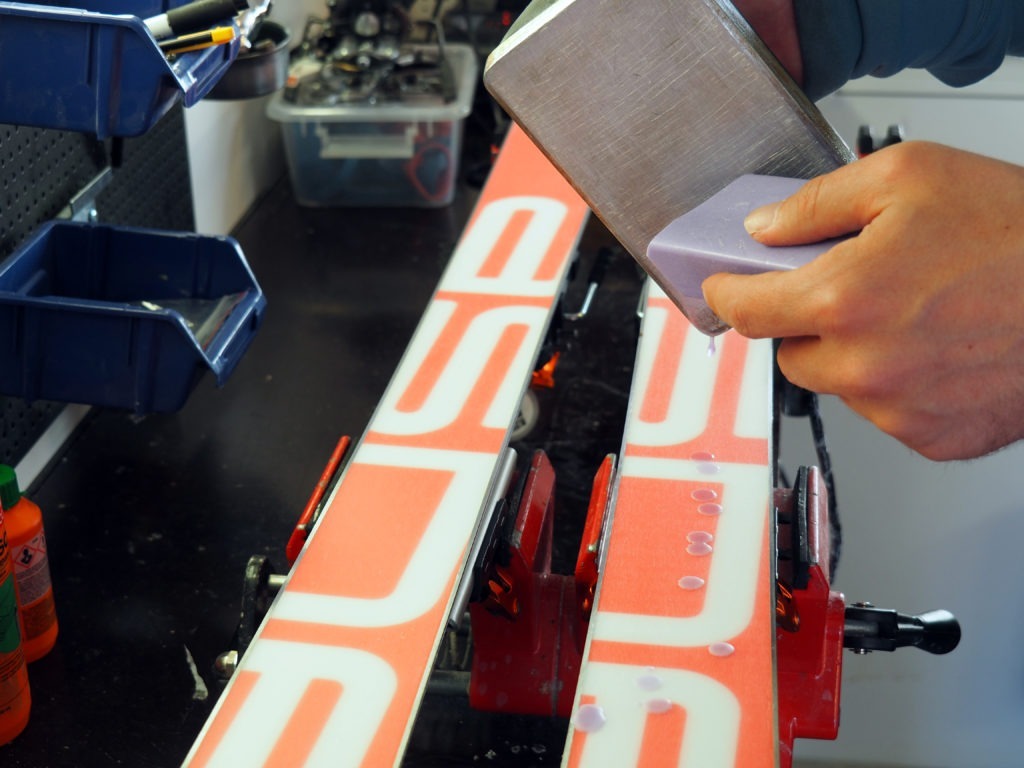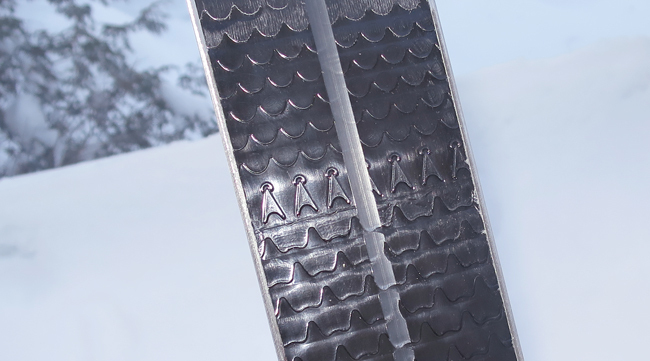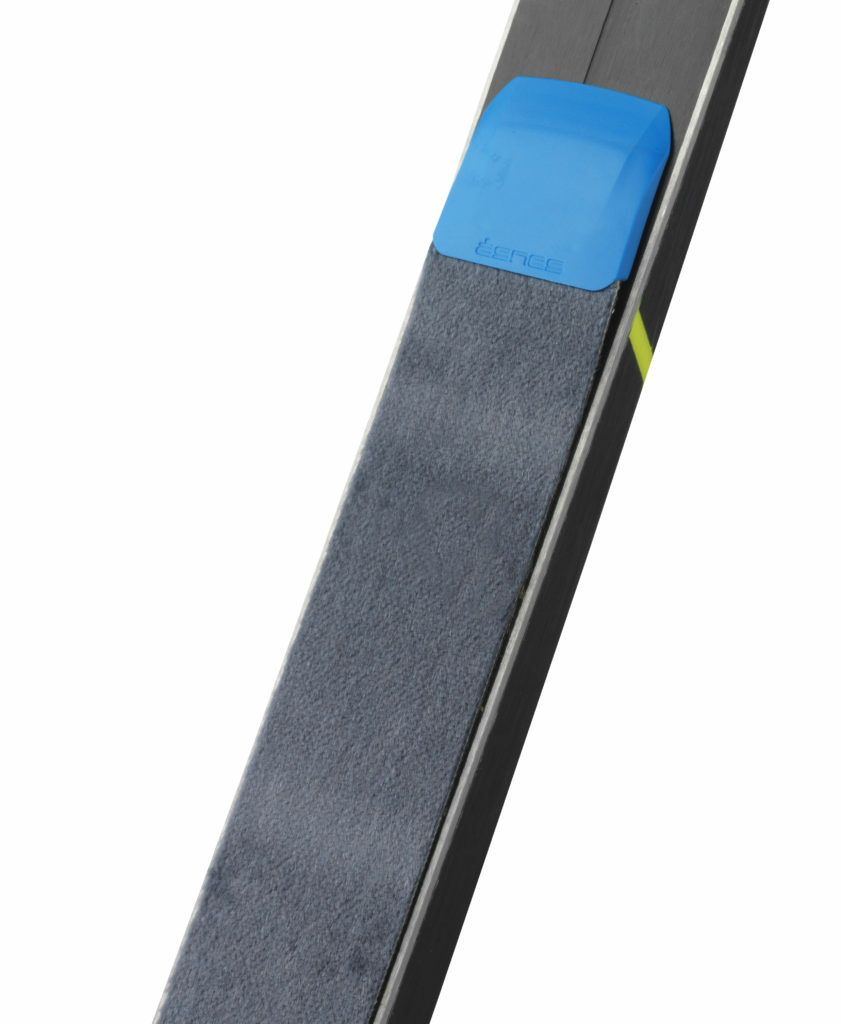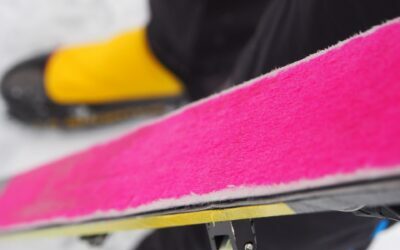Send help – I’m choosing skis!
Cross-country skis for the backcountry (“fjellski”, as we call them in Norway) are very simple: you fasten your toes to them and then you glide serenely through the hills. Choosing cross-country skis for the backcountry, on the other hand, seems to be as difficult as choosing the name of your first-born. Everyone says something different. Your landlady. The online forum. The Swix website. The ski expert in the shop. Depending on who you listen to, grip wax is either ten seconds at the trailhead or you need a PhD in sub-zero hydrodynamics to open a tin. In some parts of the world (North America, we’re looking at you) everyone seems to prefer waxless – can they all be wrong? Well, we know a thing or two about skis. So let’s break it down – concretely and simply, squashing a few myths on the way…
Waxing cross-country skis
Here’s everything you need to know about putting wax on the bottom of cross-country skis – simple and clear.
What kind of skiing do you like?
The golden rule of choosing skis is – whatever kind of skiing you like the most, where you ski, in the snow you ski in, choose the skis that make that the most enjoyable. Now the choice of waxable, waxless (“patterned”) and skis with integrated skins is perhaps a little easier. Almost all the waxable skis you can buy in Norway come with an attachment point for short skins. This is a near-universal solution. If you don’t use your skis a great deal, the convenience of waxless skis, with their patterned bases, really shines. On days where the temperature makes grip wax difficult to get right, around 0°C, skis with integrated skins really shine. But let’s get into the details of the strengths and weaknesses of the different types of skis out there. Don’t be surprised if you realise you need two different kinds of ski to cover your needs.Consider the following questions:

Waxless pattern.
Use:
For day trips, simplicity, or for those who can’t be bothered with waxing.
Waxless skis aren’t a magic bullet for all kind of snow and weather – but with the option of using short skins, they’re not far off.
Waxless skis – no longer slow skis for amateurs
Once upon a time, skis with a fishscale pattern were the only choice for waxless skis. There’s a lot more choice today. But when we talk about waxless skis, we’re still talking about skis with patterned bases. These kinds of patterns in the grip zone are often known as “fishcales”. Many steer clear of waxless skis, associating them with kids’ skis and budget equipment; they still have a reputation in some quarters as noisy and not particularly effective grip-wise in different conditions. Waxless skis used to be made with a softer camber than “normal” skis, too, but this isn’t always the case anymore. Waxless skis have come a long way. The position, design, functionality, and length of the patterns have all been adapted and developed for the benefit of increased efficiency and effectiveness, both in grip and glide. That is to say that the new generation of waxless skis are vastly different skis from older skis. Camber and flex on these skis are deliberately the same as those on their waxable equivalents, while the patterns themselves are tested exhaustively. In short, waxless bases have become a truly valid option. All of Åsnes’s mountain skis come with a skin-lock – an attachment point for short skins. If you want to securely attach and change short skins on the go, you can. The combination of waxless soles and skins is extremely versatile, simple, and reliable. Perfect for those of us who don’t want to get into wax but might be concerned about handling different conditions and terrain.Waxless skis – the pros
Waxless skis – the cons

A waxable sole in combination with a short-skin.
Use:
Waxable skis are the best alternative for longer trips in the mountains, for different uses and varying snow conditions. This is especially important for long day trips or tours of several days. Nothing beats a well-waxed ski.
The ability to mount a skin guarantees grip no matter what happens.
Waxable skis
A ski with an iconic place in Norwegian skiing culture – the waxable fjellski, a cross-country ski for the backcountry with a sole built for grip wax. Grip wax is far simpler than that wall of tins in the sports shop might lead you to believe. It would have to be, or it wouldn’t be so popular. We’ve linked to a simple and straightforward guide to waxing skis above. There’s no doubt that a correctly waxed fjellski offers the best glide, making it the best for long tours cross-country. A waxed sole offers an incomparable feeling of contact on the “kick” phase, too (the part where you compress the ski to propel yourself forward). Basically, for longer trips in the mountains, where the conditions might be variable, a waxable ski offers the versatility you need. Our waxable skis have attachment points for short skins. Skins of different materials, different lengths and different breadths let you prioritise glide or grip, and make changes for climbing, pulling, or cruising if you need to.Waxable skies – the pros
Waxable skis – the cons

Ski with an integrated skin.
Use:
Primarily for use on prepared trails, or in flatter, less demanding terrain. In the mountains, where conditions vary, there may be more versatile choices. But for whizzing around the tracks, and as a ski for tours with kids, they shine. Excellent as a ski you don’t need to spend any time thinking about – perhaps the ideal supplemental touring ski.
Felleski
This is a form of “waxless” ski with an integrated skin recessed into a shallow slot in the sole. Skin skis have taken the market by storm since 2011. They’ve been flying out of shops. These can be a very good option for many – especially those into fitness or with a cabin near the ski trails. They’re really great for shorter tours, on the flats, and for a workout on the prepared trails. Skin skis offer dependably good grip on prepared tracks, regardless of the state they’re in. The grip’s great. You won’t ever be shuffling on the spot, wondering where your kick’s gone. You’ll have fewer herringbone ascents on shallower gradients. There might be a wee bit more friction on the descent than on waxable skis, particularly on hard snow. But if you want to just pick up your skis when you get back from work, without wasting a second on anything, in the knowledge that everything’s going to be actually pretty great – these are the skis. For those of us with children, who want something simple, perhaps for pulling a simple sled from the cabin around the trails and back for a hot chocolate, skis like these are winners. For us, there may be better choices for skiing in the wilds, or on expeditions. But skin skis are taking good positions in prestigious races such as the Vasaloppet and at Skarvarennet..Skin skis – the pros
Skin skis – the cons
Conclusion?
The bottom line remains: nothing beats a waxable sole for versatility in the mountains. Or for glide. A waxed sole is the best for distance. It offers the best contact with the snow in good conditions. And if you’re out for a longer tours in the wilds, where conditions are variable, it’s easiest to find a good solution with a waxable base. True, at 0° C, when conditions are difficult, a ski with an integrated skin will get you from point a to point b, usually very nicely, without icing up or other complications – no annoying shuffling on the spot or uncontrollable skating around on hard ice ever again. But these skis really shine on prepared trails, not in the wilds. In unpredictable conditions and more demanding terrain, a combination of wax and short skins will cover just about every base the sky and the hills throw at you. If you want to spend as little time as possible on maintenance, a waxless ski could be an alternative. Waxless skis aren’t a universal solution for all snow conditions, however, and patterned soles have disadvantages that skin skis and waxable bases don’t. But such is skiing – you can’t have everything.
Choosing the right skin
Short skins have revolutionised trips to the backcountry on nordic skis. Long skins get you to the top. You can nail gliding, climbing, pulling, gripping, poor conditions, good conditions, days when you’re feeling too lazy to wax. We break down material, length, width, care, and everything else you’ll want to know.

Prepping and waxing cross-country skis for the backcountry – simply
When we wax cross-country BC skis, the best approach is often the simplest. If you’re in the mountains for several days, you want something that works, well enough, without fuss, for most of the day. Luckily this isn’t rocket science

Tailoring long skins for alpine touring
Wondering how to tailor your skins for alpine touring? Here’s an overview – care and trimming long skins for touring skis.

Everything you need to know about camber in cross-country BC skis
Lurer du på hva hva disse begrepen betyr og hva dette har å si for skiene dine? Ikke noe problem! Vi har laget en inngående forklaring på hva dette er og hvilken funksjon det har for skiene.

Mounting bindings on cross-country BC skis
If you’re going to mount bindings on cross-country skis built for breaking trail, you have a choice. You can let professionals do it for you and avoid water damage to the wooden core, screws sitting proud of the holes or crooked bindings… or you can bid farewell to your warranty cover, prepare the polyurethane glue and drill, and read on…

Myths about skins – busted
Not everything you hear about skins is right. We’re here to dish the skinny on skins, busting some misconceptions about your skins, complete with counter-evidence and tips garnered through trial and error in real snow, by real skiers, in actual Norway.